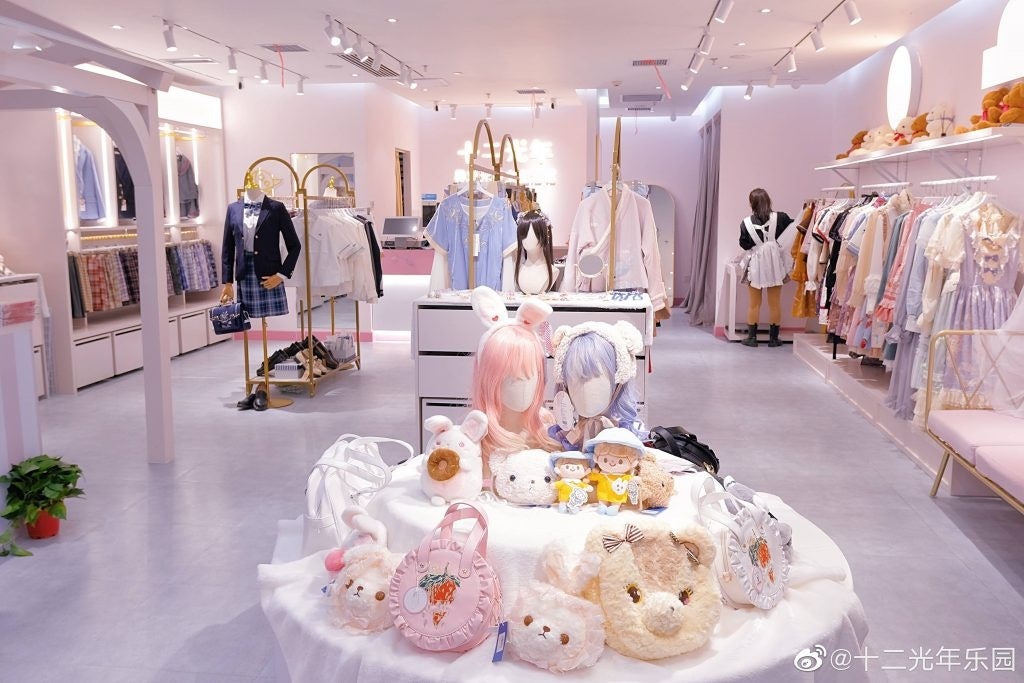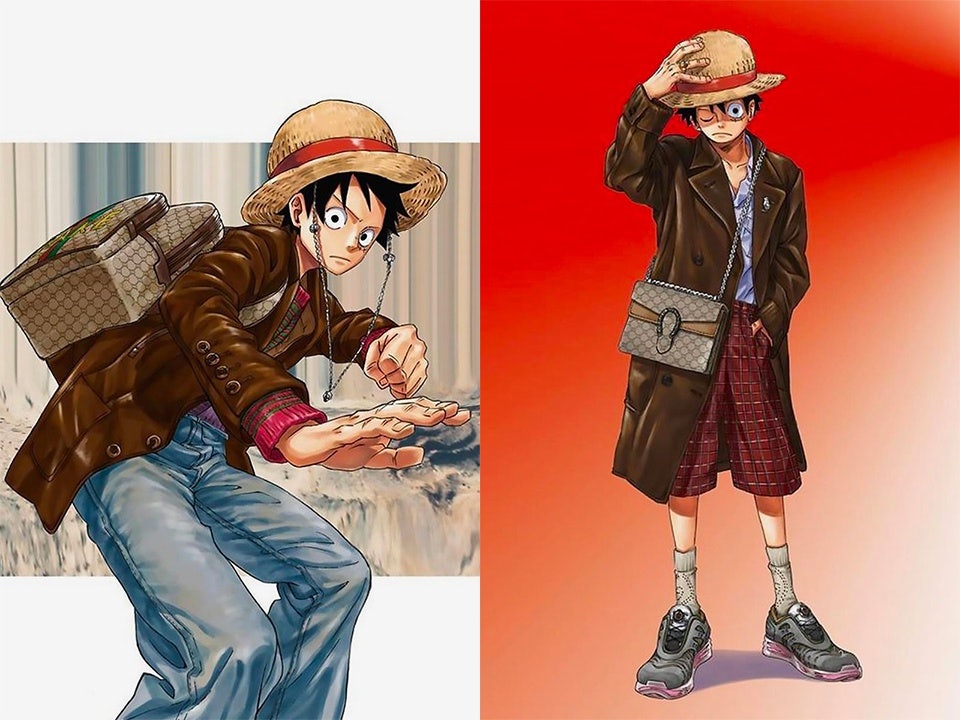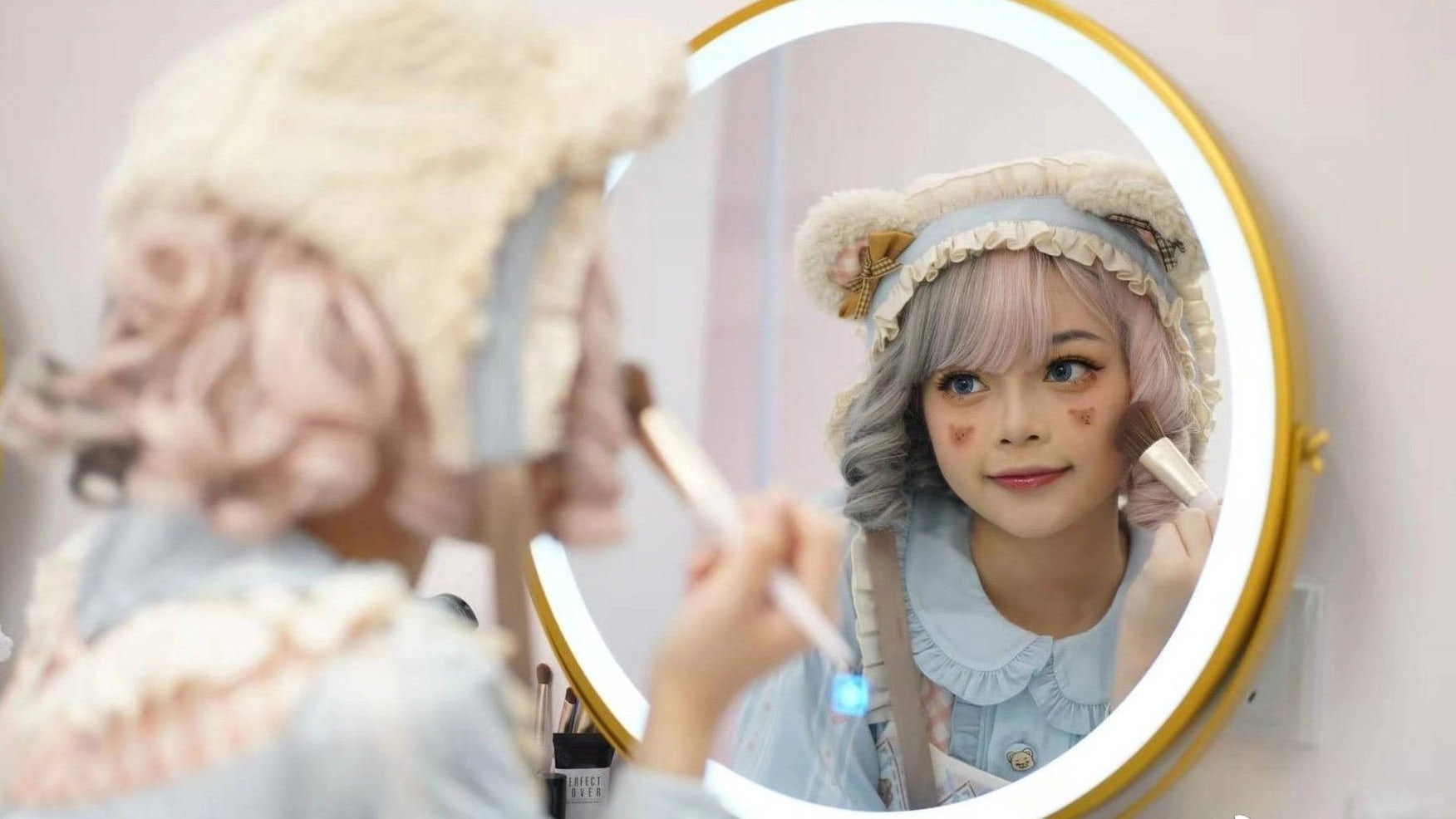Trend name:#
Two-Dimensional (二次元)
About the trend:#
Always first to decipher consumer nuances (and a business opportunity), Gucci brought its Chinese New Year collection, featuring acclaimed Japanese anime character Doraemon, to the festival last month. The collection perfectly encapsulated China’s growing love for ACG or anime, comics, and gaming culture.
For Chinese Gen Zers, dressing up as virtual characters or attending comic conventions have become mainstream pastimes. And these growing passions could offer plentiful opportunities to fashion brands.
Why Gen-Z consumers like it:#
China’s fashion industry is already proving the profitability of ACG or “two-dimensional” merchandise. On mainstream Chinese social media, such as Bilibili and Zhihu, many two-dimensional followers attribute their passions to the accessibility of Japanese entertainment. “We anime fans wish to see our favorite characters come to life,” one user commented.
To properly honor anime, many fans value the authenticity and originality of ACG clothing, which requires constant design updates. As a result, these committed Gen-Z consumers often dedicate a lot of time and money to finding the latest releases. That applies to brick-and-mortar, as well: Last November, China's two-dimensional clothing store, Twelve Light Years, received funding of over 770 thousand from Fengqiao Capital.

Twenty-two-year-old, Shanghai-based cosplayer Bessie Yan is a typical AGC fan and looks for quality in her purchases. “I spend 300 to 500 dollars per month on two-dimensional clothing, but only on what I really like,” she told Jing Daily. “I’m not so sure about luxury and ACG crossovers, though. I believe only classic styles stay valuable over time.”
How luxury brands should approach it:#
According to data from Tmall’s 2020 “Double 11” shopping festival, the turnover of JK uniforms (Japanese school uniforms), Lolita dresses, and Hanfus (traditional Chinese clothing) increased 1.26 times more than women’s tops. That shows the potential this sector offers, and, in 2021, the number of consumers attracted to this market projects to 403 million people.
And, while the AGC trend has been around for years, luxury’s biggest names have been eager to pay homage to it lately. Louis Vuitton teamed up with the popular game League of Legends, and Gucci collaborated with the “One Piece” anime and manga series.

But when it comes to China, two-dimensional culture has seen robust demand for premiumization, as Aurélien Ferrie, founder of digital marketing agency Next 人, explained. “Followers of this niche are urban, educated, and have significant purchasing power,” she said. “Premiumization’ is an expectation.”
With high-quality merchandise, companies can partner with local two-dimensional brands, especially since many of those names are set to become big players in the space, according to Mia Lee, digital marketing manager at Nobody Digital. She suggested new favorite Gen-Z brands or influencers like Li Ziqi, Perfect Diary, and Huaxizi have this capability.
However, Lee advised that “lower-tier luxury and streetwear would fare better with these players, as the legacy of traditional luxury could contradict with the vitality and fickleness of the two-dimensional culture.”
As two-dimensional merchandise becomes a global phenomenon, businesses must diversify their marketing strategies to stand out in China. Activation executive at Tong Digital, Xujie Zhang, advised luxury brands to aggressively digitize, gamify, and use advanced technology in the virtual sphere to create new experiences for tech-savvy Gen Zers.
“Telling stories and conveying brand concepts with online and offline interactional games can create emotional connections with younger people,” he added. “In this way, luxury can have Gen-Z consumers willingly spend money on the brand.”
The Bottom Line:#
The Asian luxury goods market is continuing to grow, even amidst a pandemic. Therefore, cultivating emotional connections with consumers is crucial. Collaborative ACG releases can help luxury brands appear friendlier to the youthful demographic by showing an understanding of — and actively appealing to — their passion for this niche culture.

